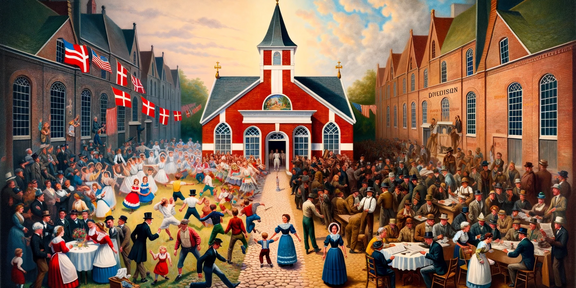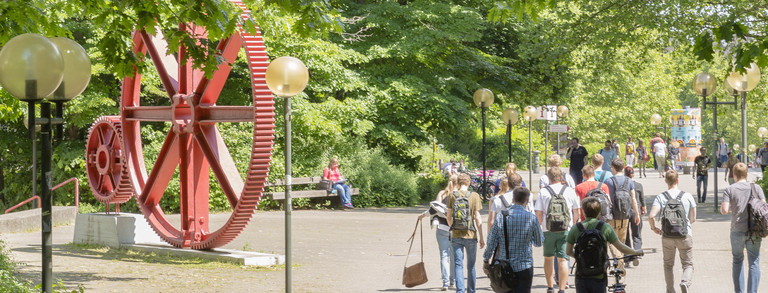New Working Paper: "Assimilate for God: The Impact of Religious Divisions on Danish American Communities"

The cultural assimilation of immigrants into the host society is often equated with prospects for economic success, with religion seen as a potential barrier. We investigate the role of ethnic enclaves and churches for the assimilation of Danish Americans using a difference-in-differences setting. Following the ordination of a divisive religious figure in 1883, this otherwise small and homogeneous group split into rival Lutheran revivalist camps - so-called "Happy" and "Holy" Danes. The former sought the preservation of Danish culture and tradition, while the latter encouraged assimilation. We use data from the US census and Danish American church and newspaper archives, and find that Danish Americans living in a county with a "Happy" church chose more Danish names for their children. Newspapers read by "Holy Danes" saw a more rapid Anglicization of the language used. Religious beliefs thus facilitated assimilation. Divergence in behaviour only emerged following the religious division.







